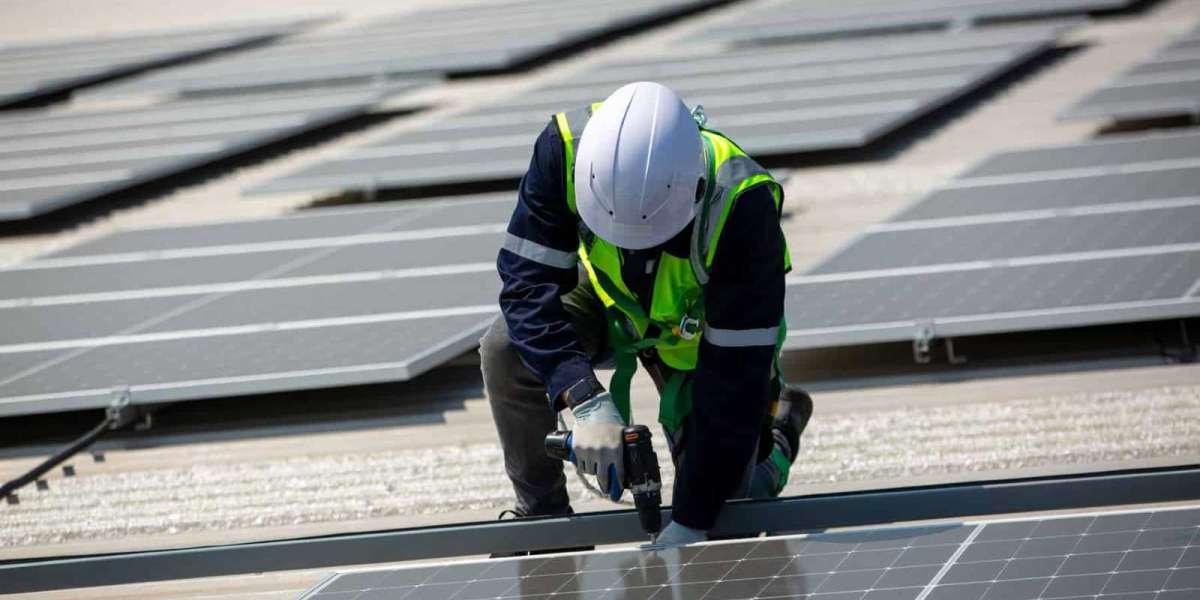As businesses strive to reduce energy costs and embrace sustainable practices, installing solar panels on commercial buildings has become an increasingly popular solution. Here’s a step-by-step overview of the solar panel installation process for commercial properties.
1. Initial Consultation and Site Assessment
Objective: Evaluate the building's suitability for solar power.
- A solar energy provider conducts an on-site visit.
- Structural integrity of the roof is assessed.
- Energy consumption data is collected (usually 6–12 months of utility bills).
- Solar potential is calculated using tools like solar pathfinders or satellite imaging.
Key Considerations:
- Roof orientation and shading
- Available space
- Energy goals and budget
2. System Design and Proposal
Objective: Create a custom solar energy system that fits the business needs.
- Engineers design a system layout (panel placement, inverter type, battery storage if applicable).
- The proposal includes:
- System size (kW)
- Expected energy output
- Financial savings and ROI analysis
- Estimated project timeline
Optional Inclusions:
- EV charging stations
- Battery backup systems
3. Permitting and Approvals
Objective: Obtain all required permits before installation.
- Submit plans to local authorities (AHJ – Authority Having Jurisdiction).
- Apply for utility interconnection agreement.
- Secure necessary building and electrical permits.
- Apply for available tax incentives or rebates.
Timeline: This step can take several weeks depending on local regulations.
4. Procurement and Scheduling
Objective: Order equipment and schedule the installation.
- Solar panels, inverters, racking, and other hardware are ordered.
- Schedule is confirmed with the building owner/management.
- Onsite logistics are arranged, including equipment staging and worker access.
5. Installation
Objective: Physically install the system on the building.
- Mounting System Installation: Racking is securely attached to the roof or ground (for ground-mounted systems).
- Panel Placement: Solar panels are installed on the racking system.
- Electrical Work: Inverters, wiring, disconnects, and electrical panels are connected.
- Safety and Compliance: All systems are installed to code (NEC, OSHA regulations, etc.).
Duration: Typically 1–3 weeks depending on system size.
6. Inspection and Commissioning
Objective: Ensure the system is safe and ready to operate.
- Local government inspectors and utility representatives inspect the system.
- Once approved, the system is connected to the grid (if applicable).
- The solar company performs a final system test and walkthrough with the building owner.
7. Monitoring and Maintenance
Objective: Ensure long-term performance and support.
- Monitoring systems track energy production in real time.
- Scheduled maintenance (usually annually or bi-annually) ensures optimal performance.
- Most systems come with a warranty (20–25 years for panels, 10+ for inverters).
Benefits of Solar for Commercial Buildings
- Reduced energy bills with long-term savings
- Tax incentives (e.g., Investment Tax Credit, MACRS depreciation)
- Improved corporate sustainability
- Enhanced property value
- Energy independence


